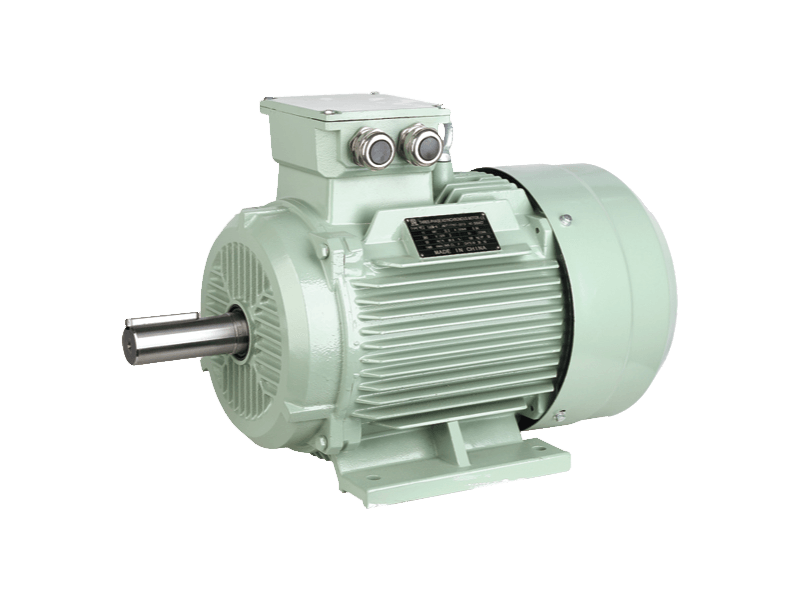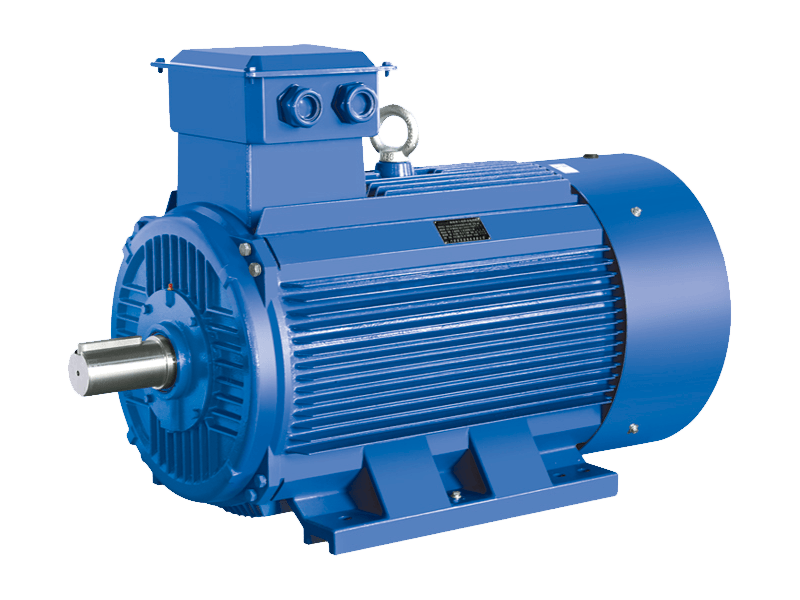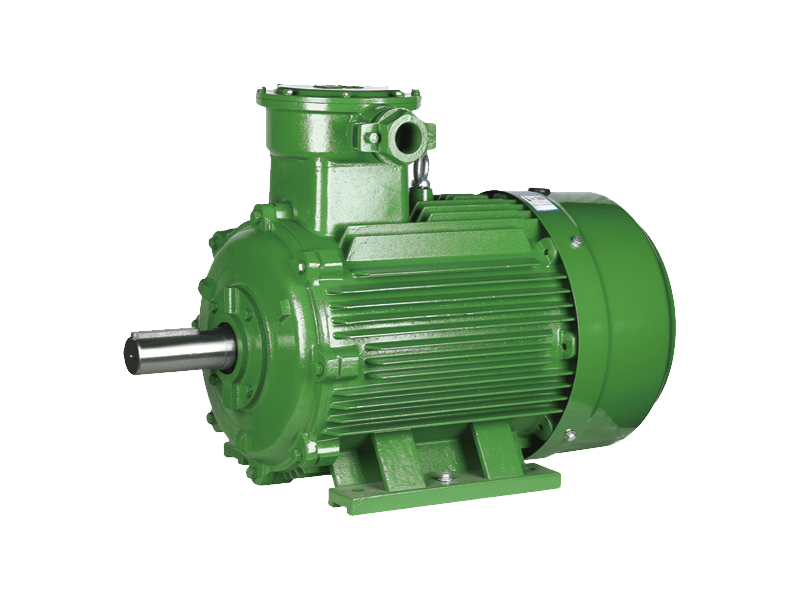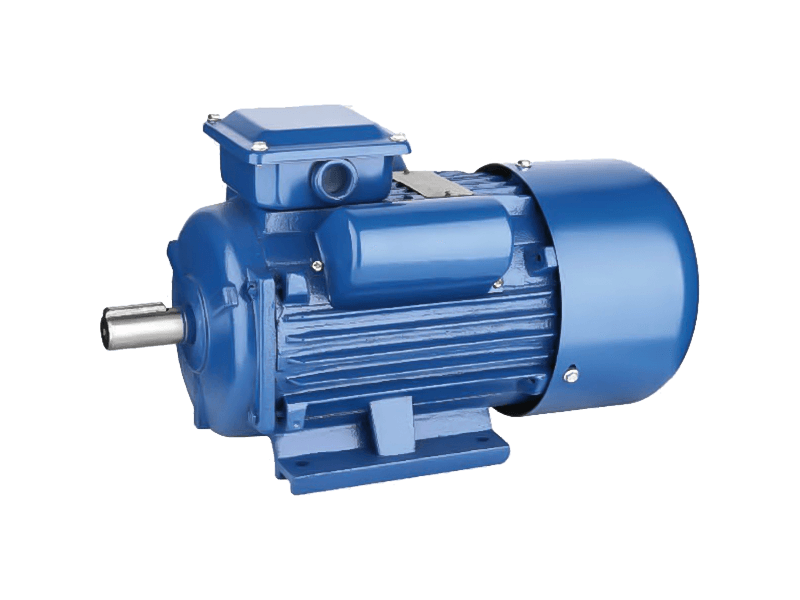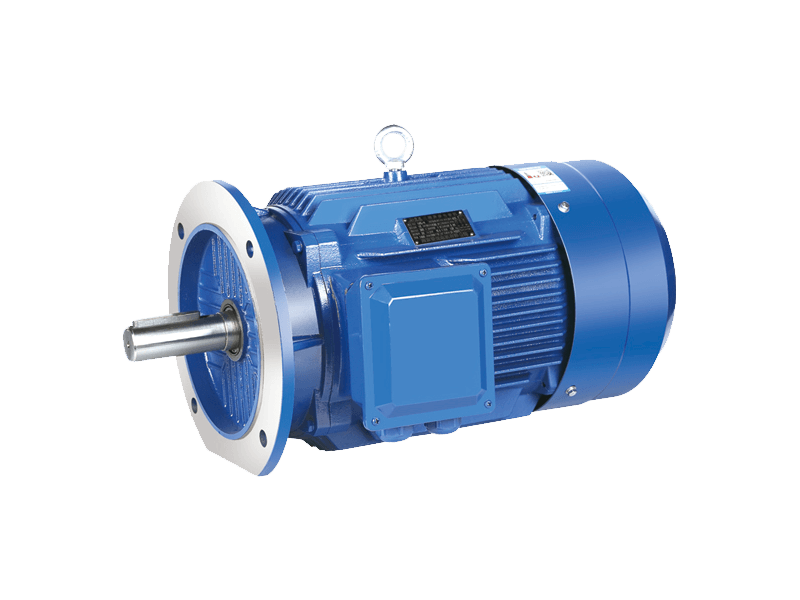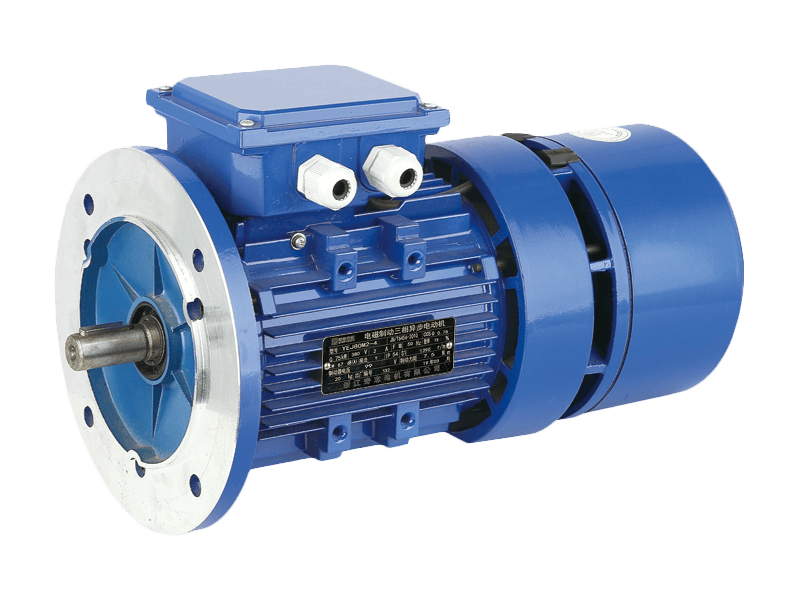An
electric motor is a device that converts electrical energy into mechanical energy. The main components of an electric motor typically include:
Stator: The stator is the stationary part of the motor. It consists of a series of wire windings, typically made of copper, wound around a core. The stator's primary function is to generate a magnetic field when an electric current flows through the windings.
Rotor: The rotor is the moving part of the motor. It is typically made of a cylindrical iron core with conductive bars or coils (known as rotor windings) placed around it. The rotor rotates within the stator's magnetic field, and the interaction between the magnetic fields of the stator and rotor causes the rotor to turn.
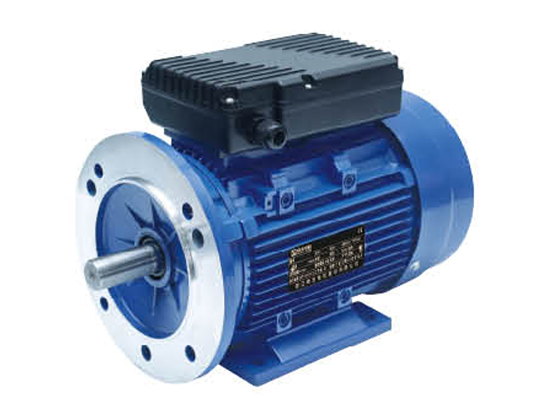
Bearings: Bearings are used to support the rotor and minimize friction between the rotating parts. They allow the rotor to rotate smoothly within the motor.
Commutator (in DC motors): In DC (direct current) motors, the commutator is a cylindrical structure mounted on the rotor. It consists of separate metal segments (usually copper) that are insulated from each other. The commutator reverses the direction of current flow in the rotor windings as the rotor rotates, ensuring a continuous rotation in the same direction.
Brushes (in DC motors): Brushes are typically made of carbon or graphite and are in contact with the commutator. They provide the electrical connection between the stationary part of the motor (stator) and the rotating part (rotor) by allowing the current to flow to the rotor windings.
Magnets: In some types of electric motors, permanent magnets are used instead of electromagnets in the stator. These magnets create a fixed magnetic field, eliminating the need for the stator windings to generate a magnetic field.
Enclosure: The motor is usually enclosed in a housing that provides protection and support. The enclosure also helps to contain any noise or vibrations produced by the motor.
Cooling system: Electric motors generate heat during operation, and efficient cooling is necessary to prevent overheating. Cooling can be achieved through various methods, such as air cooling (using fans), liquid cooling (using coolant), or heat sinks.
It's important to note that the specific components and their configurations can vary depending on the type and design of the electric motor, such as AC (alternating current) motors, DC motors, synchronous motors, induction motors, etc.


